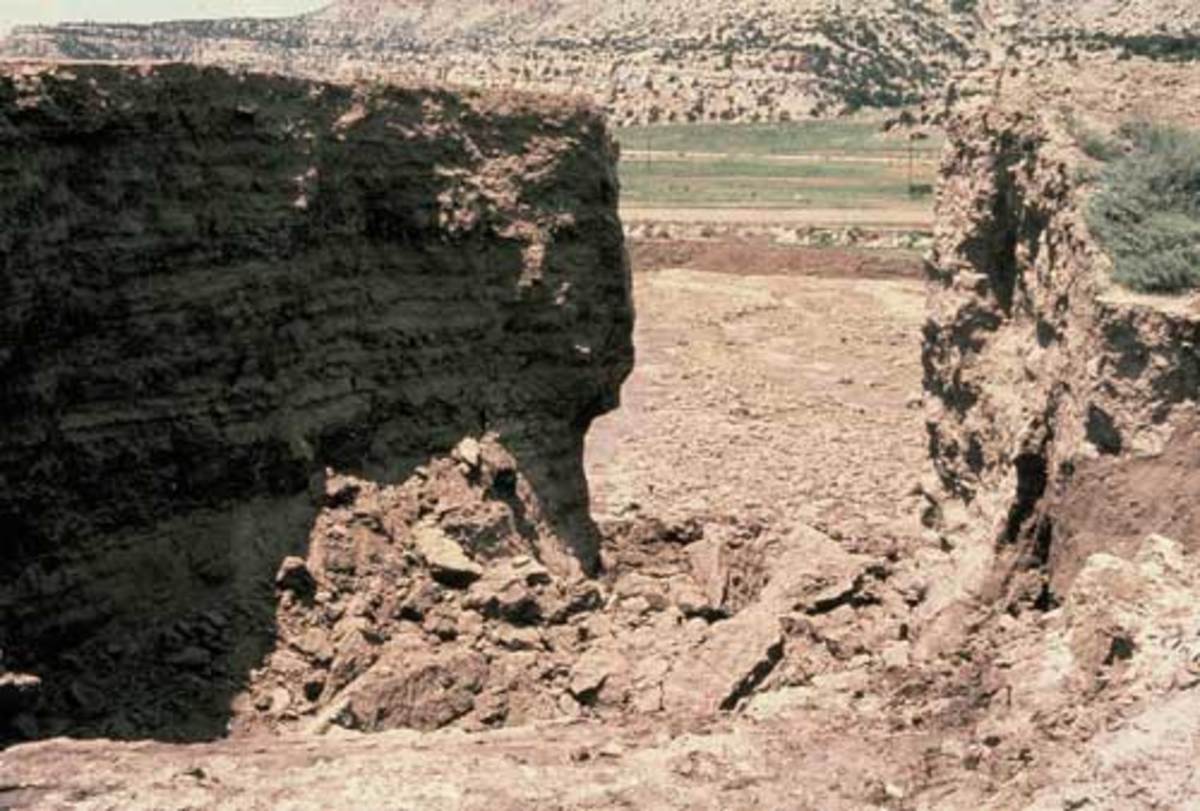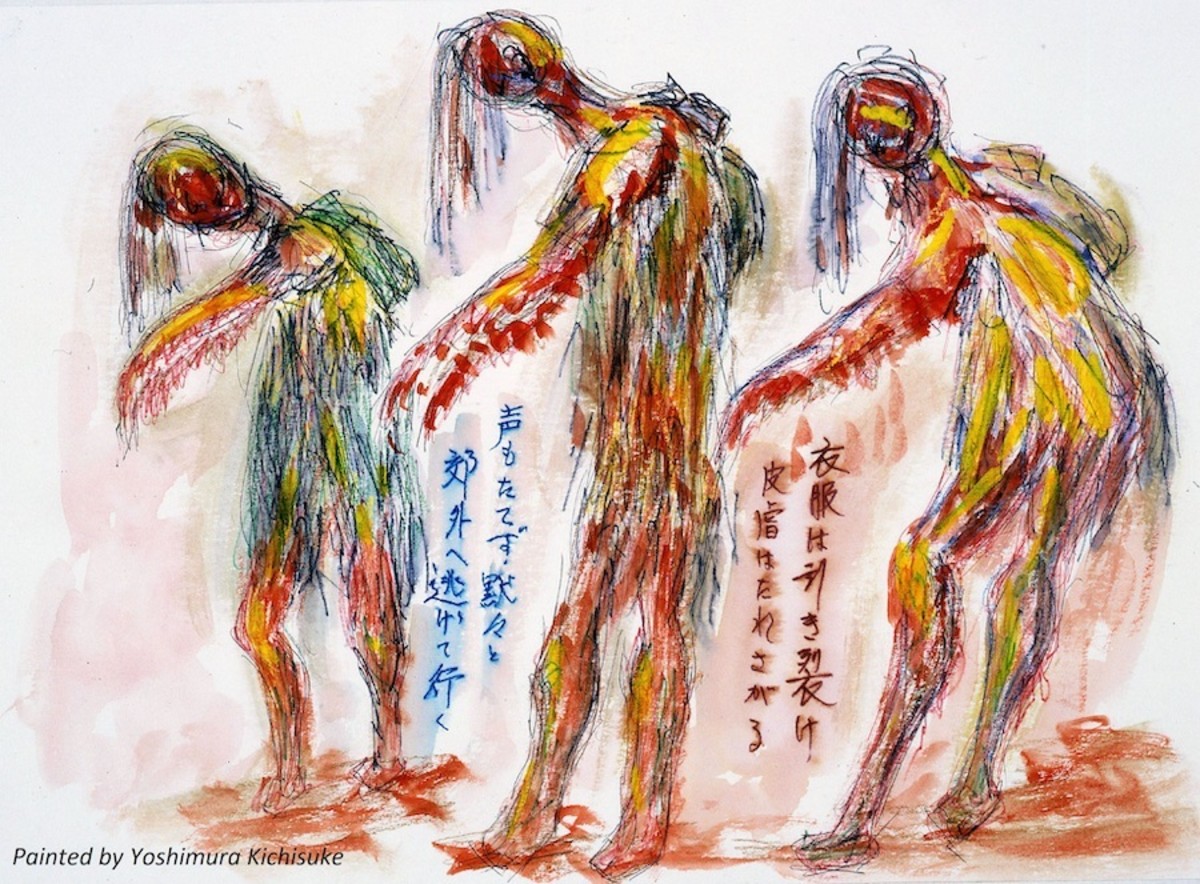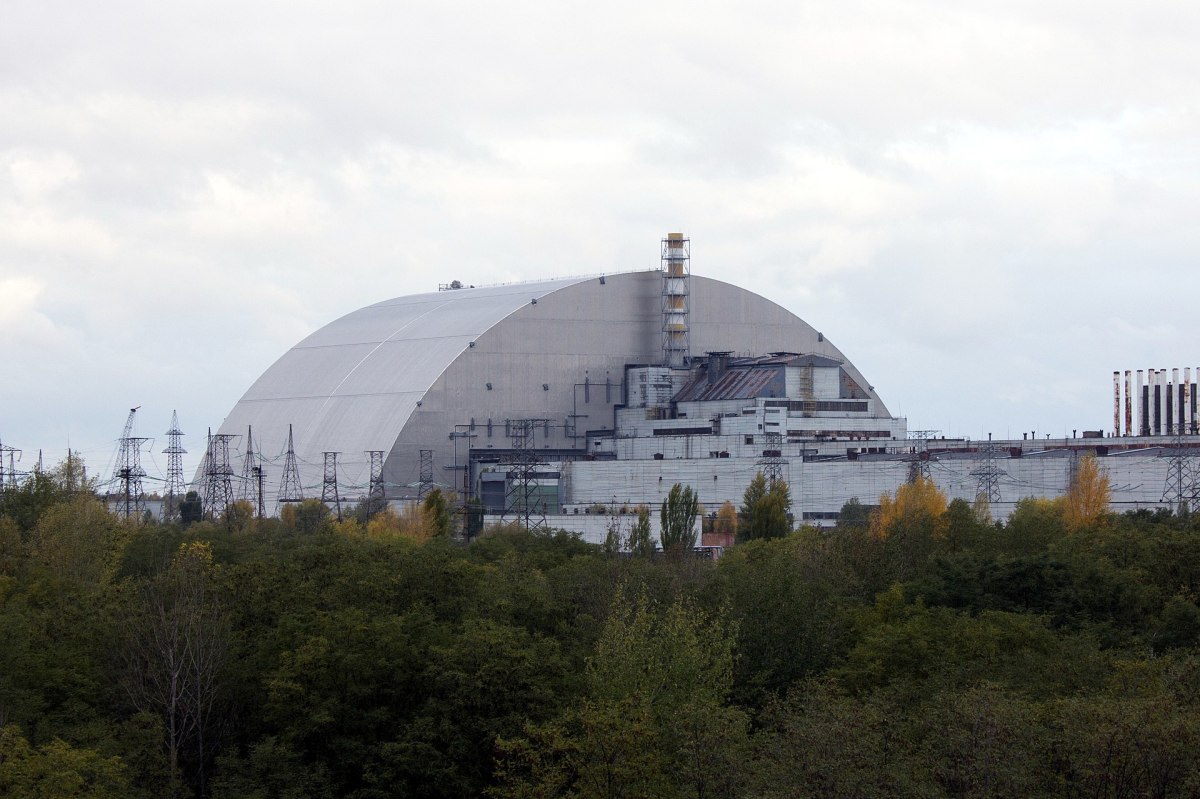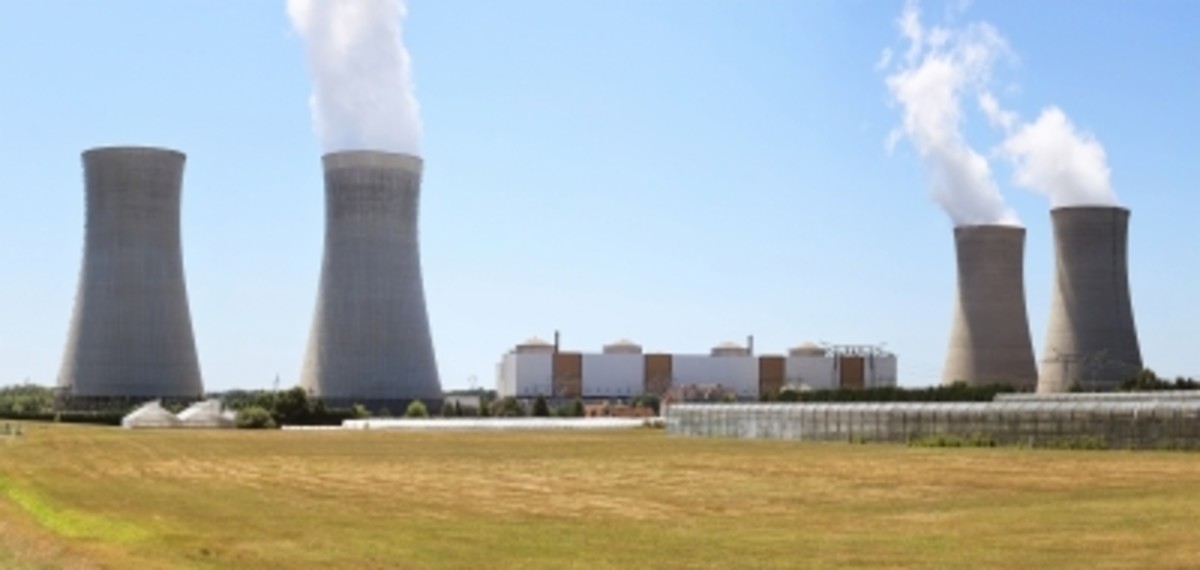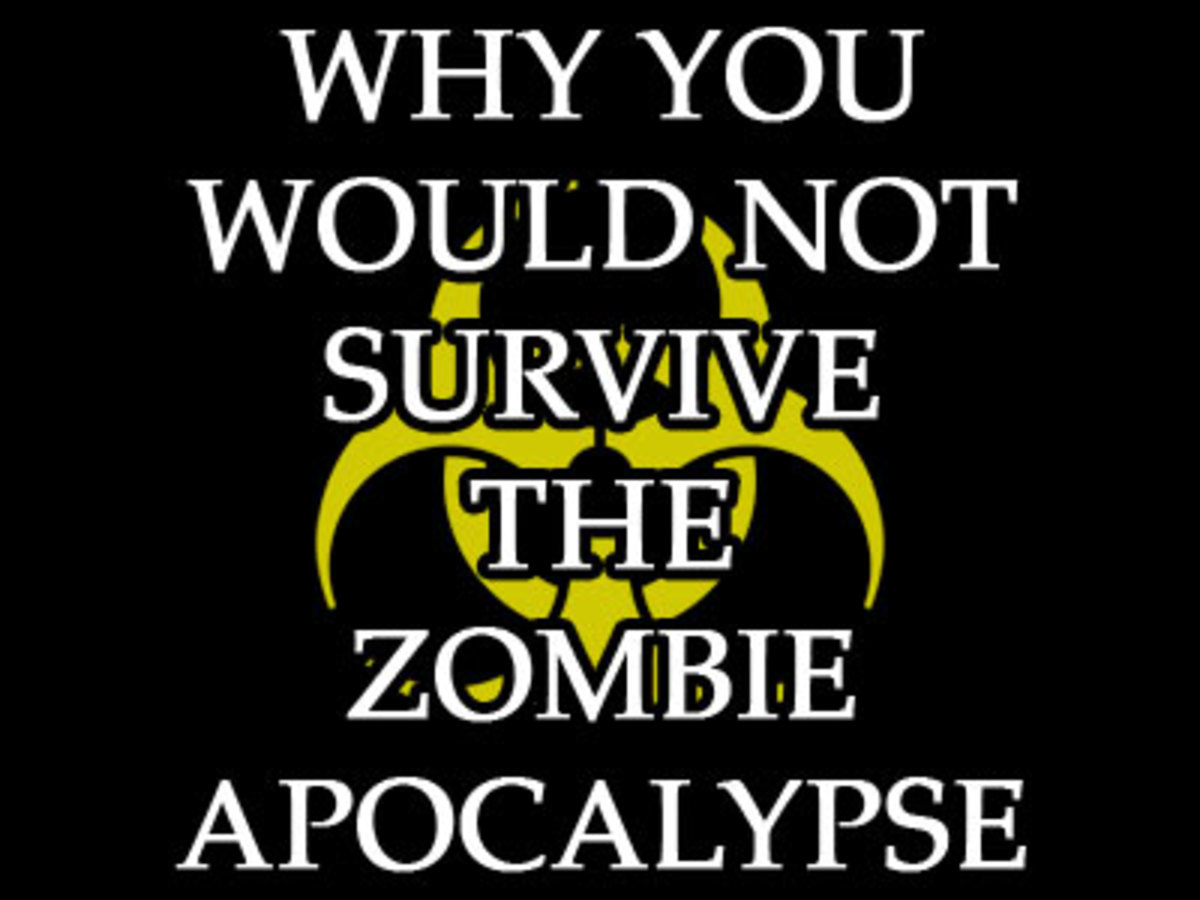Chernobyl a Big Nuclear Tragedy: A Warning
From Los Alamos to Chernobyl, nuclear accidents are too frequent and have huge risks
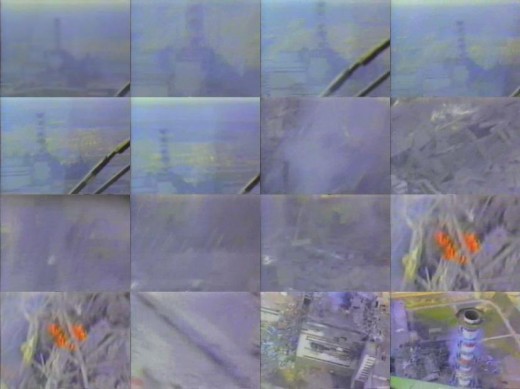
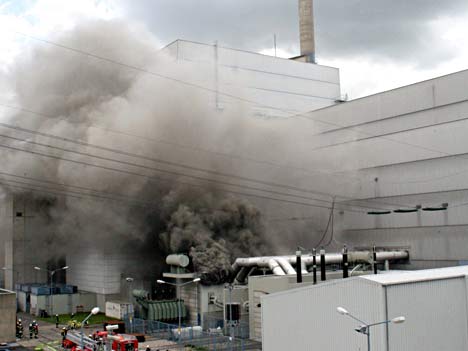
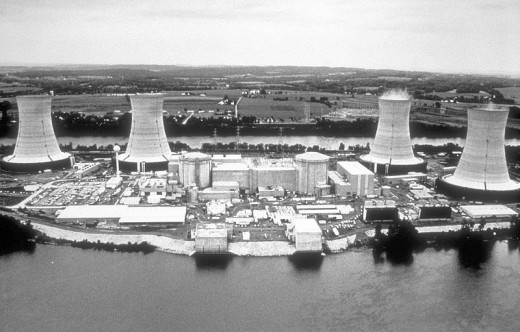
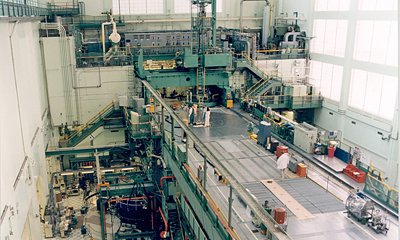
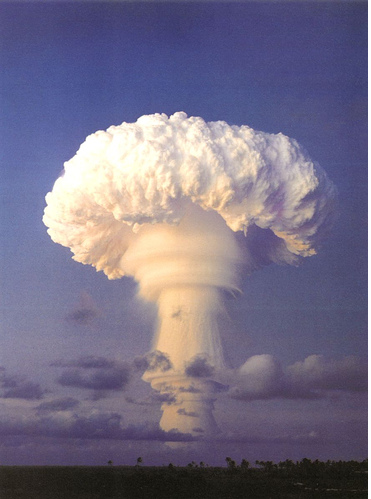
Chernobyl was just one of many nuclear accidents
The Chernobyl nuclear accident in the former Soviet Union was not the first nuclear accident, nor is it likely to be the last. Chernobyl stands out as one of the worst nuclear accidents that ever occurred. It also stands as one of the worst environmental disasters of our time, rendering a large area of the fertile growing areas of Russia uninhabitable and unusable. Chernobyl ought to be a wake up call about the suitability of using fission of heavy radioactive elements as a source of electrical energy when so many other options exist.
"On 26 April 1986 at 01:23:44 a.m. (UTC+3) reactor number four at the Chernobyl plant, near Pripyat in the Ukrainian SSR, exploded. Further explosions and the resulting fire sent a plume of highly radioactive fallout into the atmosphere and over an extensive geographical area. Nearly thirty to forty times more fallout was released than had been by the atomic bombings of Hiroshima and Nagasaki.[1]
The plume drifted over extensive parts of the western Soviet Union, Eastern Europe, Western Europe, Northern Europe, and eastern North America. Large areas in Ukraine, Belarus, and Russia were badly contaminated, resulting in the evacuation and resettlement of over 336,000 people. According to official post-Soviet data, [2] about 60% of the radioactive fallout landed in Belarus.
The accident did raise concerns about the safety of the Soviet nuclear power industry, slowing its expansion for a number of years, while forcing the Soviet government to become less secretive. The now-independent countries of Russia, Ukraine, and Belarus have been burdened with the continuing and substantial decontamination and health care costs of the Chernobyl accident. It is difficult to accurately tell the number of deaths caused by the events at Chernobyl, as the Soviet-era cover-up made it difficult to track down victims. Lists were incomplete, and Soviet authorities later forbade doctors to cite "radiation" on death certificates.[3]"
In the beginning, the Soviet government kept quite about the disaster. The fact that something was dreadfully wrong was noted in Sweden when a radioactive cloud was detected at one of their own nuclear plant when a radiation monitor detected a radiation leak. Thinking it was their own problem; they checked it out and found it to be coming from an outside source, spreading over their territories. The news flashed around the world and the Soviets were forced to disclose what had occurred.
"The 2005 report prepared by the Chernobyl Forum, led by the International Atomic Energy Agency (IAEA) and World Health Organization (WHO), attributed 56 direct deaths (47 accident workers, and nine children with thyroid cancer), and estimated that there may be 4,000 extra cancer cases among the approximately 600,000 most highly exposed and 5,000 among the 6 million living nearby.[4] Although the Chernobyl Exclusion Zone and certain limited areas will remain off limits, the majority of affected areas are now considered safe for settlement and economic activity.[5]"
Many people refused to be relocated, preferring to remain in the area where they had farms and had grown up. Most were relocated with the result that several towns and cities became ghost towns virtually overnight. They remained that way for over a decade. Meanwhile, the Soviets had a major problem with a, molten mass of radioactive elements burning its way into the ground and continuing to spew out radioactive dust.
Internal corruption concerning the suitability of the steam turbine back in 1983 helped to contribute to the accident. Payoffs and quick scheduling ensured that a faulty turbine was installed that was to have dire consequences down the road.
The whole thing began when an experiment was scheduled to test a new electrical monitoring system. An unexpected power failure elsewhere forced the abandonment of the experiment now underway. By the time the graveyard shift arrived, there was considerable confusion. Conflicting instruction created a situation where a run away reaction occurred. The safety control rods had been partly removed from the reactor allowing for an uncontrolled chain reaction in that part of the reactor without the control rods. The automatic control system that normally would have shut down the reactor had itself been shut down.
At 1:23:04 am. when the experiment began, the unstable condition was unknown to the reactor operators. The steam to the turbines was shut off. Lack of steam meant that cool water was not pumped through the reactor. Stagnant water began to boil and steam voids were created. As the rods were not fully removed, the heat did not reach the cooling water. There was a resulting massive steam build-up and neutron generation increased. With the manual and automatic neutron absorbing control rods removed, nothing prevented a runaway reaction.
"With reactor output rapidly increasing, the operators pressed the AZ-5 ("Rapid Emergency Shutdown 5") panic button at 1:23:40 (36 seconds into the experiment), that ordered a "SCRAM"; a shutdown of the reactor, fully inserting all control rods, including the manual control rods that had been incautiously withdrawn earlier. It is unclear whether it was done as an emergency measure, or simply as a routine method of shutting down the reactor upon the completion of an experiment. The reactor was scheduled to be shut down for routine maintenance. It is usually suggested that the SCRAM was ordered as a response to the unexpected rapid power increase.[6]
The control rod insertion mechanism operated at relatively slow speed (0.4 metres per second) taking 18 to 20 seconds to travel the full seven meter core-length. A worse problem was a flawed graphite tip control rod design, which initially reduces the amount of coolant present. In this way, the SCRAM actually increased the reaction rate. At this point a massive energy spike occurred, the core overheated and some of the fuel rods fractured, blocking the control rod columns. The control rods became stuck after being inserted only one-third of the way. At this point nothing could be done to stop the disaster. Within three seconds the reactor output rose above 530 MW. By 1:23:47 (seven seconds after the AZ-5 panic button was pressed) the reactor jumped to around 30 GW thermal, ten times the normal operational output. The rapid increase in steam pressure destroyed fuel channels and ruptured the large diameter cooling water pipes. Fuel rods began to melt and reached the cooling water in the flooded basement. At 1:24, only 20 seconds after the panic button had been pressed, the first powerful steam explosion took place. (7)"
From here, the situation rapidly deteriorated. The 2,000 ton lid was blown off the reactor. Water on the floor in contact with molten reactor material caused the water to be reduced to oxygen and hydrogen, resulting in a second explosion when the massive build up of hydrogen ignited. Burning lumps of molten reactor material and sparks shot above the reactor into the air. The control rods had also blown out allowing the atmosphere to come in contact with the naked melting core remains. A graphite fire started, which added to the problem by injecting radioactive dust into the air from its combustion. The remains of the reactor roof, covered with bitumen, also caught fire and added to the problem.
"The radiation levels in the worst-hit areas of the reactor building have been estimated to be 5.6 roentgen per second, which is equivalent to 20,000 roentgen per hour. A lethal dose is around 500 roentgen over 5 hours, so in some areas, unprotected workers received fatal doses within several minutes. However, a dosimeter capable of measuring up to 1,000 R/s was inaccessible due to the explosion, and another one failed when turned on. All remaining dosimeters had limits of 0.001 R/s and therefore read "off scale". Thus, the reactor crew could ascertain only that the radiation levels were somewhere above 0.001 R/s (3.6 R/h), while the true levels were 5,600 times higher in some areas.[9]"
Despite evidence strewn about the outside of the reactor, some thought that the reactor was still intact due to low readings on the meters. An attempt was made to flood the new melting core with water by the staff. Most of them died of radiation exposure in weeks. So too did the firemen who showed up later in the morning and made a similar attempt to cool the melt down. The firemen were told it was an electrical fire, which exposed them to lethal doses of intense ionizing radiation. The fire inside Reactor No. 4 continued to burn until 10 May 1986. It is possible that well over half of the graphite burned out. The fire was extinguished by a combined effort of helicopters dropping over 5,000 tonnes of materials like sand, lead, clay and boron onto the burning reactor and injection of liquid nitrogen. Ukrainian filmmaker Vladimir Shevchenko captured film footage of a MI-8 helicopter as it lost its bearings while dropping its load and got its rotors tangled in the gibbets of a nearby construction crane, causing the wrecked copter to fall into the damaged reactor building and killing its two-man crew almost instantly.
The explosion and fire threw particles of the nuclear fuel and also far more dangerous radioactive elements like caesium 137, iodine 131, strontium 90 and other radio nuclides into the air: the residents of the surrounding area observed the radioactive cloud on the night of the explosion. This cloud drifted on the prevailing winds and was detected in Sweden.
The molten remains that had burrowed into the ground were "contained" by burying them in a thick concrete sarcophagus. The elements under there will remain radioactive for a very long time. People working on the burying could only work for 40 seconds before receiving the maximum allowable damage from radiation. It took a huge crew to bury the melt down remains.
The radiation including an exotic mix of radioactive isotopes was spread into the surrounding city, forests, farms, soil and watershed. 20 years after the accident, many of these areas are still highly radioactive. Though some people remained behind, they were told not to eat their own produce. They did anyway. Many children developed radiation related illnesses such as leukaemia.
The Chernobyl disaster serves to remind us of the dangers of nuclear power plants. There has been a nuclear accident almost annually from the days of the first experiments at White Sands and Chalk River in 1945 and 1952 respectively.
References:
Medvedev, Grigori (1989). The Truth About Chernobyl. VAAP. First American edition published by Basic Books in 1991. ISBN 2-226-04031-5.
1. "Inside Chernobyl" National Geographic, April 2006
2. "Geographical location and extent of radioactive contamination". Swiss Agency for Development and Cooperation. (quoting the "Committee on the Problems of the Consequences of the Catastrophe at the Chernobyl NPP: 15 Years after Chernobyl Disaster", Minsk, 2001, p. 5/6 ff., and the "Chernobyl Interinform Agency, Kiev und", and "Chernobyl Committee: MailTable of official data on the reactor accident")
3. "Folks near Chernobyl still cloudy about health". Retrieved on 2007-11-23.
4. "IAEA Report". In Focus: Chernobyl.
5. The Chernobyl Forum: 2003-2005. Chernobyl's Legacy: Health, Environmental, and Socio-Economic Impacts and Recommendations to the Governments of Belarus, the Russian Federation and UkraineHYPERLINK "http://en.wikipedia.org/wiki/Portable_Document_Format"PDF. IAEA. 2nd revised version. pg. 6
6. There is some controversy in this respect. Dyatlov writes in his book: "Prior to 01:23:40, systems of centralized control … didn't register any parameter changes that could justify the SCRAM. Commission … gathered and analyzed large amount of materials and, as stated in its report, failed to determine the reason why the SCRAM was ordered. There was no need to look for the reason. The reactor was simply being shut down upon the completion of the experiment." [(Russian) Anatoly Dyatlov, Chernobyl. How did it happen? Chapter 4.]
7. Medvedev Z. (1990):31
8. (Russian) http://www.reactors.narod.ru/pub/chern_2/chern_2.htm Фатахов Алексей Чернобыль как это было - 2]
9. Medvedev Z. (1990):42-50
Chernobyl as shown in vidoe
Illustrated video of the metldown
Natural disaster in Japan sets up portential meldwon: Message? Don't build these things in risky zones!
- Snap analysis: Japan may have hours to prevent nuclear meltdown | Reuters
NEW YORK (Reuters) - Japanese officials may only have hours to cool reactors that have been disabled by Friday's massive earthquake and tsunami or face a nuclear meltdown.Tokyo Electric Power Co (TEPCO) - Japan Declares Nuclear Emergency After Devastating Earthquake
The horrifying consequences of the biggest earthquake to hit Japan since records began are only just beginning to be discovered, with the tsunami that followed causing massive devastation and engulfing cities and airports, leading to the declaration
Geothermal Energy; Not Nuclear energy!
- Geothermal energy: The How Too
With the recent disasters of the BP oil spill in the Gulf of Mexico (2010) and the nuclear disaster in Japan after the 8.9 earthquake and tsunami that damaged five nuclear cores and the subsequent meltdown... - Dealing with Fallout or Detonation Irradiation
This is the basic need to know picture of radiation types. Gamma radiation also includes by concept, X-rays. In order to effectively deal with radiation, we need to first know what it is and the various ways...

